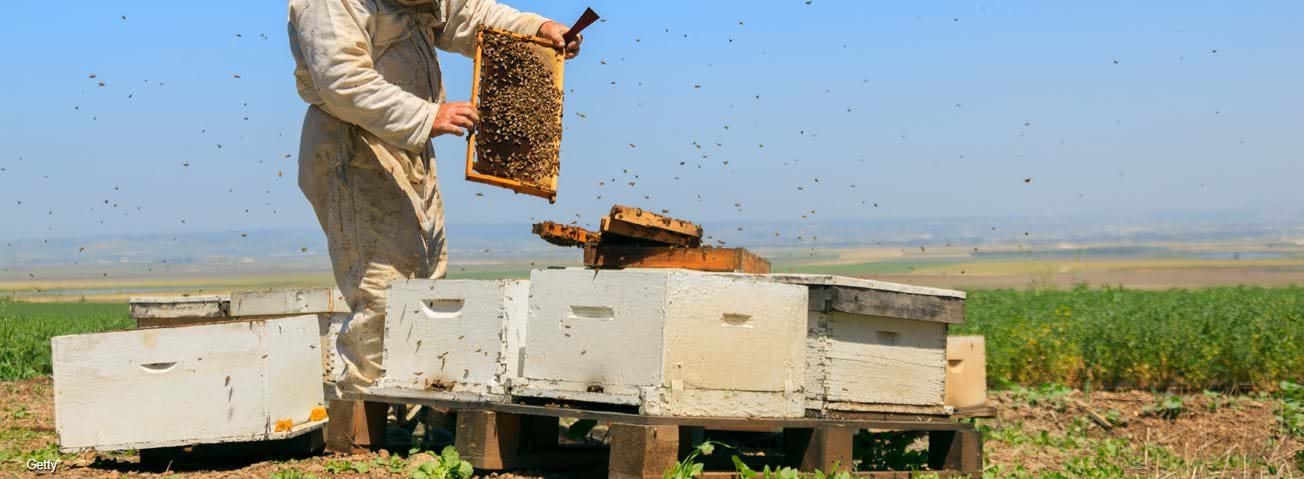Despite Elevated Loss Rate Since 2006, U.S. Honey Bee Colony Numbers Are Stable

In 2006, large and mysterious losses of honey bee colonies led entomologists to classify a set of diagnostic symptoms as Colony Collapse Disorder (CCD) and spurred major efforts to measure, quantify, and understand pollinator loss. New data show that between 2007 and 2013, winter colony loss rates in the U.S. averaged 30 percent, which is approximately double the loss rate of 15 percent previously thought to be normal. Although average loss rates fell to 24 percent between 2014 and 2017 and CCD symptoms are less frequently associated with colony losses, colony health remains a concern. High loss rates understandably raised fears that yields for crops that depend on honey bees might fall if pollination services become unavailable. In the 2 years preceding CCD’s identification, average pollination service fees had risen from $82 to $195 per colony (in 2016 dollars). New USDA research on pollination service fees shows that the large jumps in average pollination fees were primarily driven by demand from producers of almonds, a crop with a large pollination service requirement that has experienced high acreage growth and now accounts for 82 percent of all paid pollination service fees. Elevated winter colony losses, however, have not resulted in enduring declines in colony numbers. Instead, the number of honey bee colonies in the U.S. is either stable or growing depending on the dataset being considered.
Although beekeepers sometimes purchase colonies, their primary means of replacing losses is by regularly splitting their colonies in the spring. In this process, the beekeeper divides a parent colony into two or three colonies that each becomes functional for pollination services within 6 weeks. Skilled beekeepers can perform multiple splits in an hour and may also purchase fertilized queens at a cost of $20 to $30 to hasten the colony’s brood formation. Because splitting is seasonal, unexpectedly high losses may be especially disruptive to beekeepers contracted to pollinated almonds, which bloom before splitting can typically occur.
The stability of colony numbers and pollination services fees, however, suggests that beekeepers have, in aggregate, adjusted to elevated rates of colony loss. Since 2006, almond pollination fees have dropped slightly from earlier highs despite ongoing growth in almond acreage. At the State level, loss rates are statistically uncorrelated with year-to-year changes in the number of colonies, suggesting that beekeepers are able to replace lost colonies within the course of a calendar year.
Economic Effects and Responses to Changes in Honey Bee Health, by Peyton Ferrier, Randal R. Rucker, Walter N. Thurman, and Michael Burgett, ERS, March 2018


